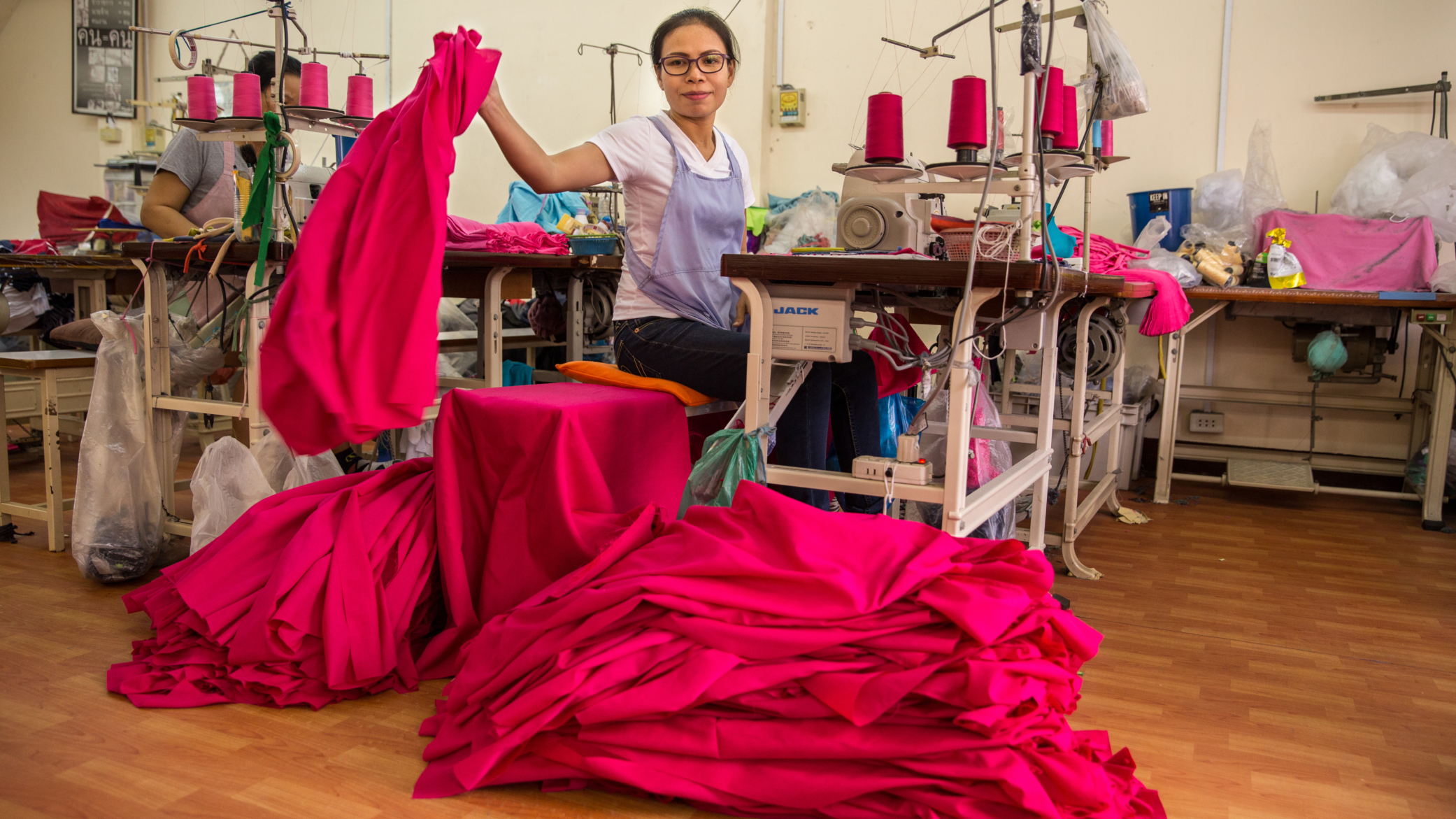Just in time for the 100th anniversary of the International Labor Organization, the Global Commission on the Future of Work will soon conclude its ambitious task and I am eager to see what the final report has to say. That’s because this group has a special contribution to make to a crowded field of prognosticators. Unlike many others that have tried to prepare us for a world where hardware and code replaces muscles and minds – a world where we’ll feel lucky to have any job, even if our boss is an app – this analysis of the future of work will surely build on the ILO’s path-breaking efforts to consider differential impacts on women and men as workers, income earners, and caregivers.
Given the ILO’s Women at Work Centenary Initiative, research on the care economy and the informal economy, development of an expanded definition of work, stewardship of the Equal Pay International Coalition, and development of a treaty to prevent violence and harassment in the workplace, the organization has been a leader in bringing both intellectual rigor and high-level attention to gender gaps in economic opportunities and outcomes. It has taken on an examination of gender issues in the labor market not as a side show – but as a main event – one that is fundamental to understanding how to advance decent work for all. That’s why I fully expect that the Global Commission on the Future of Work will distinguish itself in five important ways:
- Gender uncaged. Where many reports on the future of work relegate gender issues to one box or one chapter, the ILO has shown that it knows that gender – so fundamental to how we organize our economies – needs to be woven throughout the analysis of what our work lives will look like in the future. The ILO also has been among the champions for closing not only the gap between women and men in opportunities – like eliminating gender-bias in labor laws – but also in outcomes – like the employment rates and wages. The commission they are hosting will, I trust, make recommendations that, if implemented, would leverage technological and economic shifts to accelerate progress toward gender equality. (I wrote a little about this in a post published few months ago.)
- Man vs machine or woman vs machine? Men and women typically sort themselves, and are sorted by society and employers, into distinct occupational streams. That means that the risk to workers of automation, which varies by occupation, will have very different effects on male and female workers. Just last year, the ILO projected gender-specific impacts of automation, and showed that the two industries in which automation poses the greatest risk to jobs – food services and retail – are also industries in which women make up a disproportionate share of the workforce. Surely the varied impacts of automation by gender (and class) will be a prominent theme in the commission report.
- Caring about care. The ILO has been at the leading edge of international organizations that recognize the importance of bringing the topics of childcare and eldercare into the economic sphere – and the ways in which the future of work is shaped by changes in the care economy. Given persistent social norms, responsibilities for unpaid care shape the ability of women to work for pay outside the home, and to engage in job training and other life-long learning opportunities. At the same time, as demand increases for paid care (particularly eldercare in rapidly aging countries), many of the jobs will be in occupations like home health aide that traditionally have been dominated by female workers. Moreover, countries are increasingly able to understand the magnitude and value of unpaid care work because – thanks to the International Conference of Labor Statisticians, which is hosted by the ILO – labor force surveys are now starting to count unpaid care within an expanded definition of work. All of this adds up to what I’m sure will be a rich and data-driven discussion in the commission’s report of how care is a driver of both labor supply and labor demand.
- Informal is the new normal. The ILO has pioneered the measurement of informal work, most recently with the publication of data from more than 100 countries in Women and Men in the Informal Economy: A Statistical Picture, which shows that most of the world’s workers are not in standard employer-employee relationships, but rather earn a living by farming, producing, and selling goods and services on their own, and engaging in informal contracts with businesses. With the rise of ever-more precarious employment relationships – including and especially work-for-an-app jobs – informality needs to be recognized not as a pre-modern relic of poor nations but as a truly global post-modern trend. In the commission report, I expect to see a deep discussion of this issue, given the expertise from the ILO and its partners around legal, regulatory, and measurement frameworks that mitigate some of the serious risks of increasing informality.
- The value of inclusive social dialogue. Uniquely, the ILO is organized in a tripartite structure, in which employers, labor, and government all have a voice. I imagine that the commission has spent quite a bit of time tackling questions around how, in the future, each of those parties will be represented in ongoing negotiations – at all levels from municipal to global – about health, safety and wage regulations, parental leave and other labor rights, pensions and other forms of social protection, and much more. I am hopeful that in this arena, too, they will demonstrate the organization’s understanding of the dynamics of power relations across class, race, gender, and other divisions. Any models of worker representation that are recommended must be truly inclusive of gender and other identities, and create authentic opportunities for people to be heard.
No single, high-level commission will have the last word on a topic as complex and sweeping as the future of work. But if the report of the ILO’s Global Commission on the Future of Work builds on the insightful analyses and careful data curation that has characterized the ILO’s recent efforts, we may soon have in our hands a tremendously valuable contribution to a discussion that grows louder and more urgent by the day.



